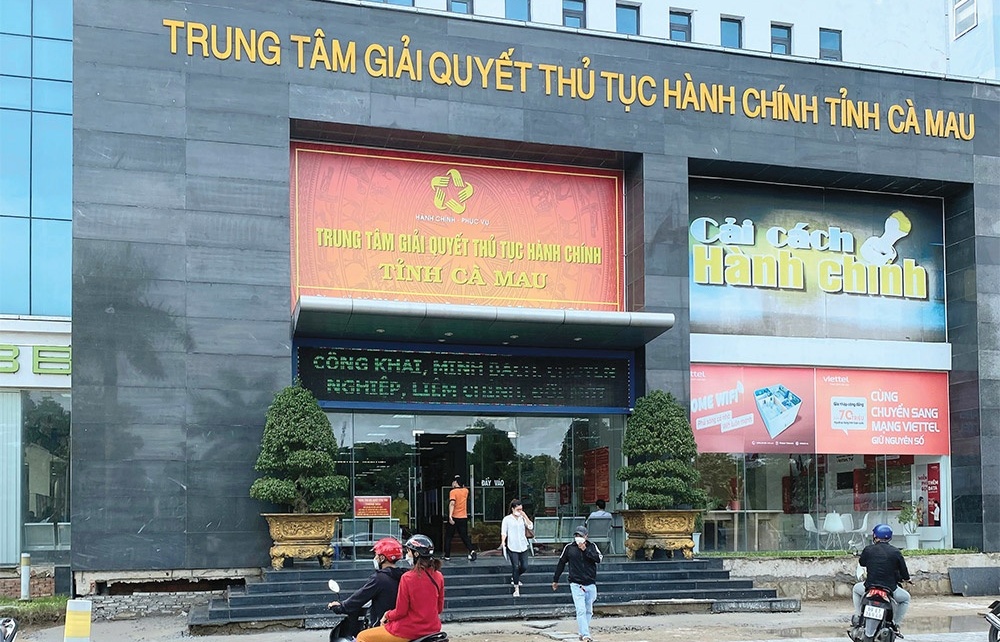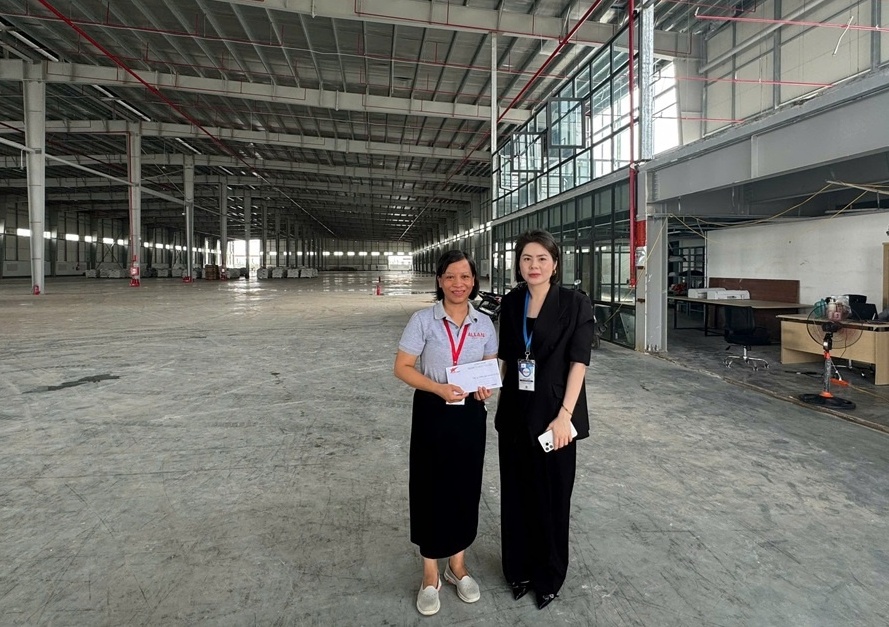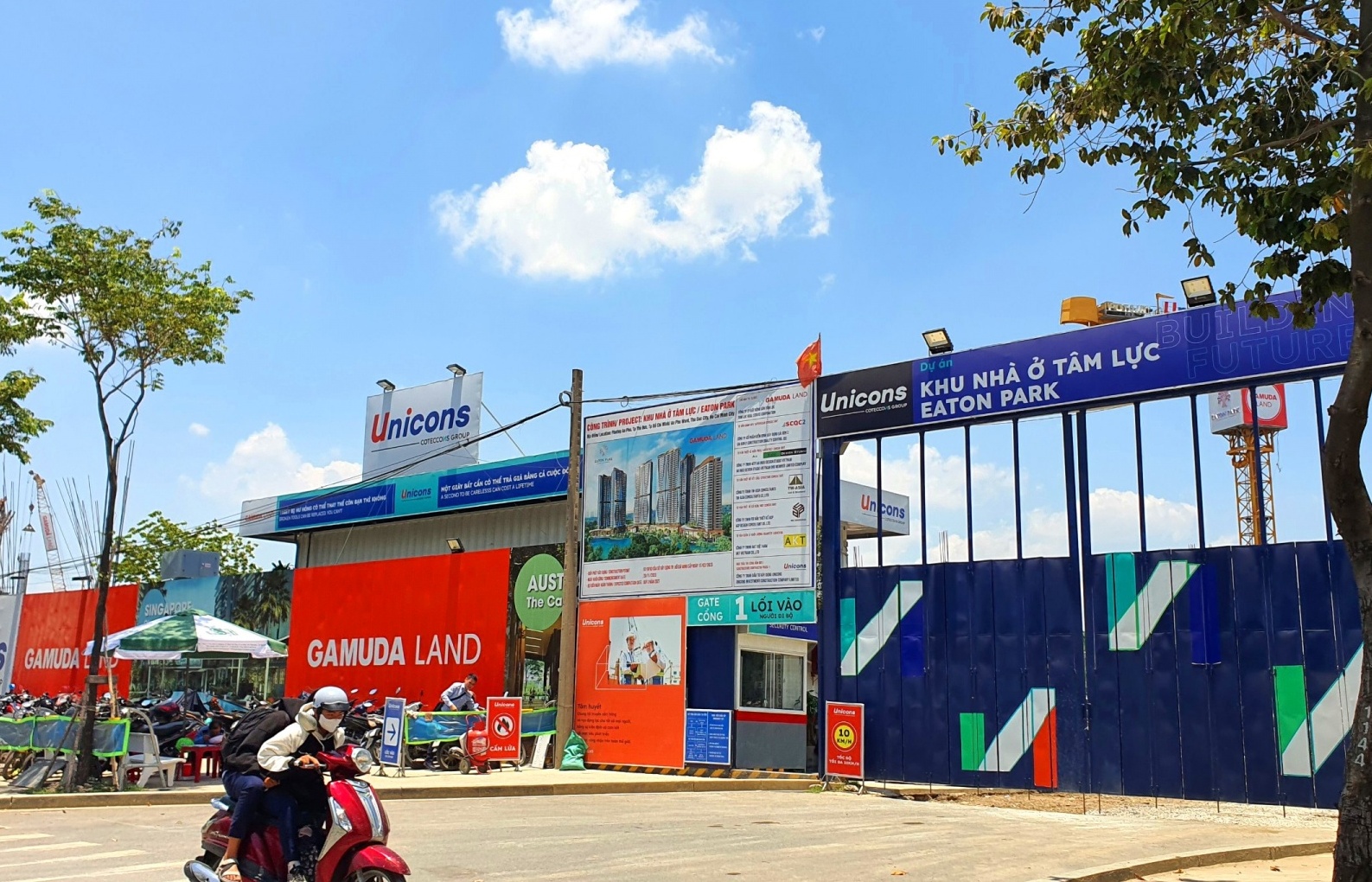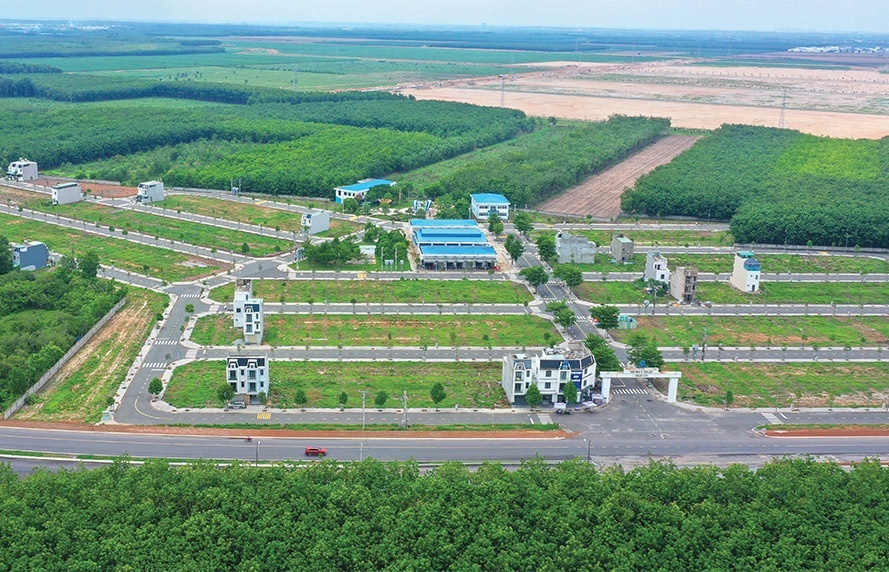Committing to give firms room to move
The first anniversary of Vietnam’s accession to the World Trade Organization (“WTO”) on January 11, 2008 marked the end of the first phasing-out of the 30 per cent cap on room for foreign investors in Vietnamese services companies. Foreign investment can be now expanded in many service sectors that could give foreign and domestic investors enormous opportunities.
 It pays for foreign businesses to do their homework before jumping into the Vietnamese market |
The first question relates to the relationship between the room under Vietnam’s WTO Commitments (the “Committed Room”) and the room under Vietnam’s domestic laws (the “Room under Vietnam’s domestic law”). Those foreign investors who are not familiar with Vietnam’s legal system often first look for the Committed Room and take it for granted that such Committed Room is applied to them. Domestic and foreign investors who are more familiar with Vietnamese law and practices always look for Committed Room and Room under Vietnam’s domestic law. In both cases, they still find difficulties in determining the permitted room applicable for them with a high level of certainty, which is critical for their business decisions.
The committed room
Before Vietnam’s WTO accession, the Committed Room was 30 per cent for all service sectors and sub-sectors committed in Vietnam’s WTO commitments unless otherwise provided by Vietnamese law. It is, however, unclear whether this general cap is also applied to sectors and sub-sectors that are not committed in Vietnam’s WTO commitments. A careful reading of all provisions in the Horizontal Commitments suggests that this 30 per cent cap is also applied to the sectors and sub-sectors that are not committed, unless Vietnamese laws prohibit foreign investment in such sectors and sub-sectors. This reading is also in line with the Law on Investment. However, the Horizontal Commitments also include a title that states that commitments in Vietnam’s WTO Commitments are only applied to the committed sectors.
From January 11, 2008, Vietnam’s WTO commitments state that “One year after accession, the 30 per cent foreign equity limitation for acquisition of Vietnamese enterprises shall be eliminated, except for capital contribution in the form of buying shares of joint-stock commercial banks, and except for the sectors not committed”. This provision means that the 30 per cent cap is still applicable to the foreign equity in Vietnamese joint-stock commercial banks or the Committed Room in this area is 30 per cent. The inclusion of the term “the sectors not committed” and the parallel grammatical structure of “except for … buying shares of joint stock commercial banks” and “except for the sectors not committed” suggest that the 30 per cent cap is also applied to the sectors not committed. It is, however, noted that there is still an understanding in practice that the 30 per cent cap is not applicable for the sectors not committed and that there is no clear guidance on what to do with the service sectors not committed even though foreign investors can establish a joint venture or even 100 per cent foreign-owned companies in these sectors under Vietnam’s Investment and Enterprise laws.
The Committed Room now for a specific sector or sub-sector which is committed is the same as specified in the Sector-Specific Commitments section in Vietnam’s WTO commitments, which often starts from 49 per cent (such as the services of “maintenance and repair of equipment”) or 51 per cent (such as the service of “courier services”) or even higher (such as the distribution services which is allowed up to 99 per cent) as from January 11, 2008.
The room under Vietnam’s domestic law
The long-awaited Decree 139/2007/ND-CP dated September 5, 2007 implementing the Law on Enterprises (“Decree 139”) provides a general principle for determining “room” for foreign investors investing in Vietnam in all sectors, including both manufacturing and services.
Under Article 10 of Decree 139, the room for foreign investor is: (i) unlimited; or (ii) as specified in certain identified laws, such as law on securities for listed companies, laws on education, publishing, insurance business and state-owned enterprise equitisation (the “Identified Laws”); or (iii) the Committed Room. As a result, investors in Vietnam should look for the room specified in the identified laws as well as the Committed Room to determine the applicable room for them in any target Vietnamese company or any target investment areas. Legally speaking, if Vietnam strictly implements its WTO commitments, the room specified in the identified should be the same as that in the Committed Room, or higher since the Committed Room is the floor cap. But this may not be the case as many of the identified laws were enacted before the completion of Vietnam’s WTO accession negotiations.
Vietnam would be in violation of its WTO commitments if its domestic laws provide for a room which is lower than the Committed Room at any point in time. However, as a general practice, if there is any difference, the room in the identified laws is likely to be implemented in practice.
Decree 139 seems suggesting that the room for “the sectors not committed” would be unlimited unless otherwise provided for in the identified laws. This would be the preferable view that would create more investment opportunities in Vietnam’s market. However, it is still unclear whether this view is actually applied in practice.
Room in listed companies
Under the prime minister’s decision 238/2005/QD-TTg dated September, 29 2005, foreign ownership in a listed company is limited to 49 per cent. This is actually higher that the Committed Room if the listed company involves any “services” not committed in Vietnam’s WTO Commitments. This limitation also suggests that the applicable room is lower for the service sectors/sub-sectors committed in Vietnam’s WTO commitments with more than 49 per cent cap, such as the commitments in the areas of trading and distribution rights, which is now up to 99 per cent.
It is noted that this 49 per cent cap is not applicable to the banking sector for which Vietnam committed only to 30 per cent. Decree 69/2007/ND-CP dated April 20, 2007 on foreign investors buying shares in Vietnam’s joint stock commercial banks also specifies this 30 per cent cap. As a result, foreign investors must look for the room specified in all applicable Vietnam’s domestic laws to determine the applicable room for their target investment. Furthermore, as we witnessed in Vietcombank’s IPO last December, the 30 per cent cap is actually applied for each offering, but not 30 per cent of the total charter capital of a joint stock commercial bank.
A Vietnam’s services company
The second question relates to the practical definition of a Vietnamese services company. As a matter of practice, a Vietnamese company is often registered for a multiple business of various services or a combination of manufacturing and services businesses. The famous business lines of a purely Vietnamese company are manufacturing and trading of a number of products.
Legally speaking, foreign investors can only buy into such a Vietnamese company for the lowest room applicable to all types of services that company is registered. This strict view would cause burdens to the investors in cases where the target company has never conducted any business activities on such service business. This issue appears even more critical when such services businesses are subject to phasing-out periods in the future as reflected in Vietnam’s WTO commitments.
Foreign investors may not be legally permitted to buy into a Vietnamese company which is registered to conduct a service that is not currently allowed for foreign-invested enterprises. Famous examples are the distribution of automotive tyres, fertilisers or certain types of wines which a foreign-invested company is only allowed after January 1, 2009 and January 1, 2010 respectively. If a Vietnamese company is registered for such distribution rights, it is unclear whether foreign investors can buy in such a company even if the company has never carried out such distribution right. In practice, there are generally two options for foreign investors to buy in such company.
The first option is for the company to amend its business registration certificate to get rid of such distribution right before the foreign investors can buy in. This is the safe option, but time-consuming, and the company can apply for re-registration of the distribution right after January 1, 2009 and January 1, 2010.
The second option is to permit the foreign investors to buy into the company provided that the company notifies and registers the changes in its capital structure to the relevant Department of Planning and Investment and its business registration certificate is amended to permit the company to automatically carry out the distribution rights after January 1, 2009 and January 1, 2010.
This option is less time-consuming and more business-friendly. Vietnam’s investment environment in this area would be much more transparent and attractive if this permission was explicitly permitted and applied in practice.
The ideas expressed in this article are solely personal to the authors, and not those of the firm.
What the stars mean:
★ Poor ★ ★ Promising ★★★ Good ★★★★ Very good ★★★★★ Exceptional
Related Contents
Latest News
More News
- Trump's trade policies could shape Vietnam's economic outlook: Dragon Capital (November 15, 2024 | 16:56)
- The One Destination partners with Singapore investor and institutional fund to build ESG real estate complex (November 11, 2024 | 10:32)
- Stabilising measures must sit alongside land price hikes (November 07, 2024 | 09:56)
- CapitaLand Development records strong bookings for Orchard Hill (November 07, 2024 | 08:19)
- Public transport and real estate: The rise of Transit Oriented Development (November 05, 2024 | 15:06)
- Funding flows to second-tier localities (November 03, 2024 | 15:24)
- Hanoi has long road to travel in becoming a smart city (November 03, 2024 | 15:00)
- Nam Long Group hands over keys to Akari City Phase 2 (October 30, 2024 | 18:29)
- KTG Industrial expands industrial footprint at Taitronics 2024 (October 29, 2024 | 14:46)
- Deal signed for sustainable development at Prodezi Eco-Industrial Park (October 26, 2024 | 10:02)




 Tag:
Tag:

















 Mobile Version
Mobile Version